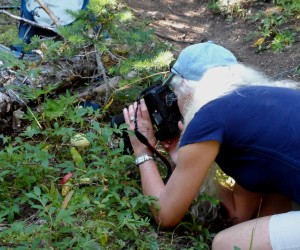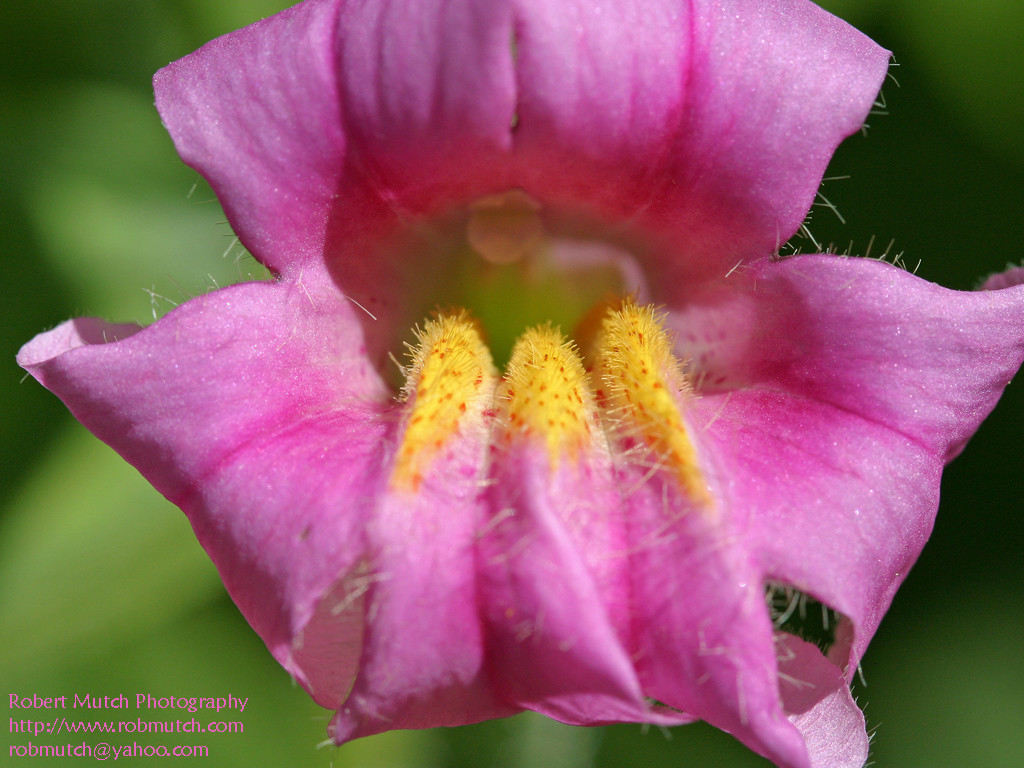Botanizing at Crater Lake

- Biotic Communities of Crater Lake National Park Crater Lake National Park ranges in elevation from about 3,800 feet in the southwest corner of the park to just over 8,900 feet at Mount Scott. Most of the rim area is situated near the 7,000 foot elevation level, although, the Watchman and Hillman Peak areas on the western side of the lake are slightly in excess of 8,100 feet. Vegetation grades from a mixed conifer forest dominated by ponderosa pine at the south entrance to high elevation mountain hemlock and whitebark pine forest at the rim. Other forest types include lodgepole pine, white fir, Douglas fir, and shasta red fir”….[General Management Plan/Enviro index-gmp-2005, Environmental Impact Statement, Crater Lake National Park, 2005]
- “The flora of Crater Lake National Park is typical of the vegetation found throughout the Southern Cascades. Generally, the vegetation of the region reflects a mosaic of forested areas and open non- forested areas. Climate, topography, soil development, and fire history all affect the composition and distribution of existing plant communities. Because of this natural species diversity, the park is regarded by many as a sanctuary for native forest and meadow communities, with limited introductions of non- native species. Approximately 20,250 hectares (50,000 acres) of late seral forest exist throughout the park. Fire suppression and historic logging activities have altered forest structure and species composition throughout portions of the park and surrounding areas.

Looking down the amazing throat of a monkeyflower – a bee would see this. Photo by Robert Mutch
Pages About Botany
- Related Links
- Forests of Crater Lake National Park by J. F. Pernot, United States Forest Service, Department of the Interior, Office of the Secretary, 1916.
- Plant Succession on the Pumice Desert, Crater Lake National Park By Elizabeth E. Horn, Park Science, Vol. 22, No. 1, Fall 2003
- Status of Whitebark Pine in Crater Lake National Park, Oregon – By Michael Murray
- Effects Of Prescribed Fire In Mixed Conifer Forest, Crater Lake National Park, Oregon by Ronald J. and Joy D. Mastrogiuseppe
- Rare Flower Research – Fall 1996 – Crater Lake News – The Mt. Mazama collomia is one of the most beautiful and rare wildflowers in Crater Lake National Park, Oregon. Concerns over its vulnerability and long-term viability prompted the National Park Service and the U.S. Forest Service to join with scientists….
Publications About Botany
- Shrubs of Crater Lake by Charles F. Yocum, 1964
- A Crater Lake National Park Vascular Plant Checklist by Peter F. Zika, 2003
Other pages in this section

